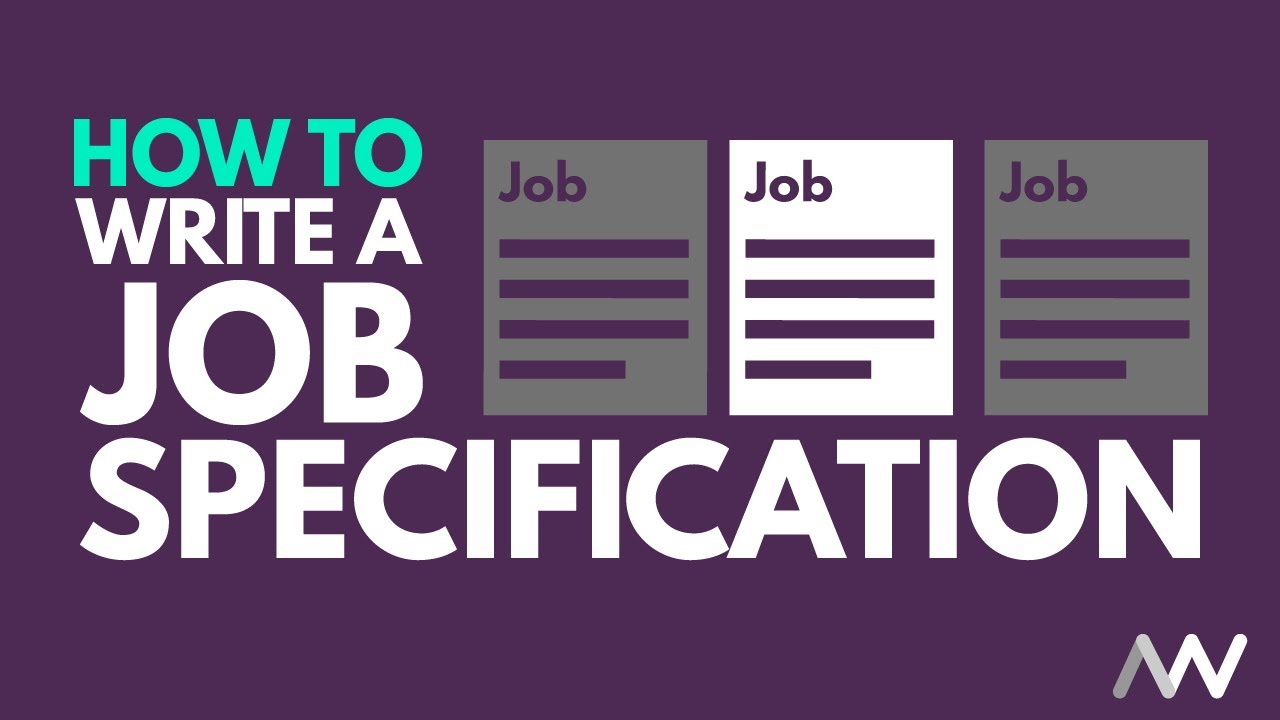
Job or Person Specification
When looking to hire a new employee for your business, it's a good idea to draft a job and person specification to help you in your recruitment process. These two documents will save you a lot of time in the long run and make your hiring process and decision as effective and efficient as possible. Here's our guide on the difference between the two documents and some pointers to help you write them.
What's the Difference Between a Job and Person Specification?
What is a job specification?
A job specification is a detailed document outlining the specific qualifications, skills, experience, and responsibilities required for a particular job position. It provides a clear description of the job's essential criteria, such as educational background, certifications, technical expertise, and any other relevant attributes necessary for successful performance in the role.
Download a sample job specification
What is a person specification?
A person specification is a comprehensive outline of the desired personal qualities, attributes, skills, and experience a candidate should possess to be successful in a job role. It includes criteria such as communication abilities, leadership qualities, problem-solving skills, and specific industry knowledge, helping employers assess the suitability of candidates for a position.
A more detailed guide on person specifications can be found here.
Why Should You Write Both Specifications?
It will help your recruitment consultant
-
- In most cases, a job and person specification are handed to the team looking after your recruitment process, for instance, your HR department or a recruitment agency. Giving your recruiter a comprehensive brief of the role to fill and the person to find will increase their chances of finding that candidate quickly and effectively.
It will narrow the pool of applicants
-
- Detailed specifications let applicants know exactly who you're looking for and will increase your chances of the right person applying for your role. This can help to cut unsuitable candidates at the first step by giving them some criteria they need to meet to be considered for the position.
You can use the documents as a checklist
-
- When evaluating applications, it can be helpful to refer back to these two specifications, which will ultimately stop you from missing something and save you time in the process.
They will probably be helpful in the future
-
- Particularly if you're an employer for a large business, you will have similar roles in your organisation, and you can re-use these documents for other recruitment processes. Alongside this, you may have to recruit for the same position again in the long term!
What Should You Include in Job and Person Specifications?
We have written a detailed guide on how to write job and person specifications – but here are some key things to include in the documents:
Job Specification
The Job title
-
- Where do they fit in the company?
The location of the role
-
- Where will they be working from day to day?
The general objectives of the job
-
- What are they working towards?
Responsibilities of the job
-
- What are they in charge of? Who are they in charge of?
Salary & benefits package
-
- What is the basic salary? Is there a bonus structure?
Person Specification
The level of experience required
-
- How many years do they need to have completed in a similar role?
Qualifications & Education
-
- Are there any specific qualifications a candidate needs to have? Are you looking for someone with a degree?
The skills needed to fill the role
-
- This element can cover a broad range of things, e.g., leadership, technical, or communicative qualities which the ideal candidate would have.
Interests
-
- This is often a 'nice-to-have' rather than mandatory, but sometimes you will have a clear picture of a candidate, and their interests will matter!
Job and Person Specification Checklist
Here at Aaron Wallis, we have written this checklist to aid you in writing your specifications. By following this list of questions, you will have written a successful person and job specification:
Mandatory, Essential and Preferred Attributes (MEP)
Once you've drawn up a list of requirements for the role, we think using the system MEP is useful for evaluating candidates. Now, this is quite simple once you've got your list:
- M is Mandatory. This is what the individual has to display in their CV to attend the interview.
- E is for Essential. This is what the candidate has to display at the interview for you to employ them.
- P is Preferred-- the 'nice to haves'. The things that would be the icing on the cake but aren't necessarily essential.
This system can be used throughout the recruitment process and can be really important for making sure you get your priorities right when considering candidates!
Questions to Help Create the Job Specification and Person Specification
Using this short form, you will be able to effectively communicate the job specification to your colleagues, a recruiter or potential candidates.
Taking 30 minutes out of your day at the beginning of the recruitment process to understand exactly what you require could save hours of interviewing the ‘wrong’ candidates and months of pain if it leads to a wrong recruit.
--------------------------------------------------------------------------
Position Title:
Team/Division:
Who Does it Report Into:
The Role:
Reason for Vacancy
-
- why are we recruiting? Do I need the authorisation to recruit?
What’s the role covering – geography?
-
- (Is this role working from home or from the office?) Ideally living (extremities).
What is the role doing/selling?
-
- What products / service and applications? Are any health and safety risks related to this job?
Recruitment Process
How are you going to recruit for the role?
Recruitment agency?
-
- Who? Are they specialists? What do they include in their service? How have you found their service so far? What’s the recruitment process – psychometrics, skills testing, reference checking, etc?
Who’s involved in the recruitment process?
-
- What’s the format for the first interview and second interview? When are we looking to recruit?
Where are we going to interview?
-
- What ideal date for interviews – who’s involved, tentatively book diary out?
Person
What experience do the candidates need to have?
Does the candidate need to have a qualification?
-
- If so, What level/discipline?
What are the backgrounds of other successful members of the team who undertake this role?
-
- What ten attributes make someone successful in our business?
Package
Basic salary
Commission, bonus
-
- How is that paid?, i.e. monthly, annually, etc. What is the realistic OTE (on target earnings) in the first year?
Car / type/ or allowance
-
- Petrol or Diesel. Engine size, age, fully expensed. Private Health / pension / home phone bill / expenses / mobile phone
Holiday
-
- How many days holiday, plus 8 statutory bank holidays? What is the probationary period?
Other Benefits?
Company
How long has our company been in operation (established?)
-
- Are we part of a larger group.
What’s our last year turnover/Profitability?
-
- How many staff / how many in the sales team ( internal / external.)
How do our sales force sell
-
- what makes our products or services better? i.e. highly technologically driven, market leader, price or service, for example Why do people like to work for you? Why do I stay with the business?
What induction programme do we have?
-
- What training in year one?
--------------------------------------------------------------------------
Navigate our advice on recruitment planning:
by clicking the following icons:
Date published: 1st August 2025

by Rob Scott
Managing Director

About the author
Rob Scott
Please call us to discuss your vacancy
From our blog
Our employers say...
Our candidates say...






